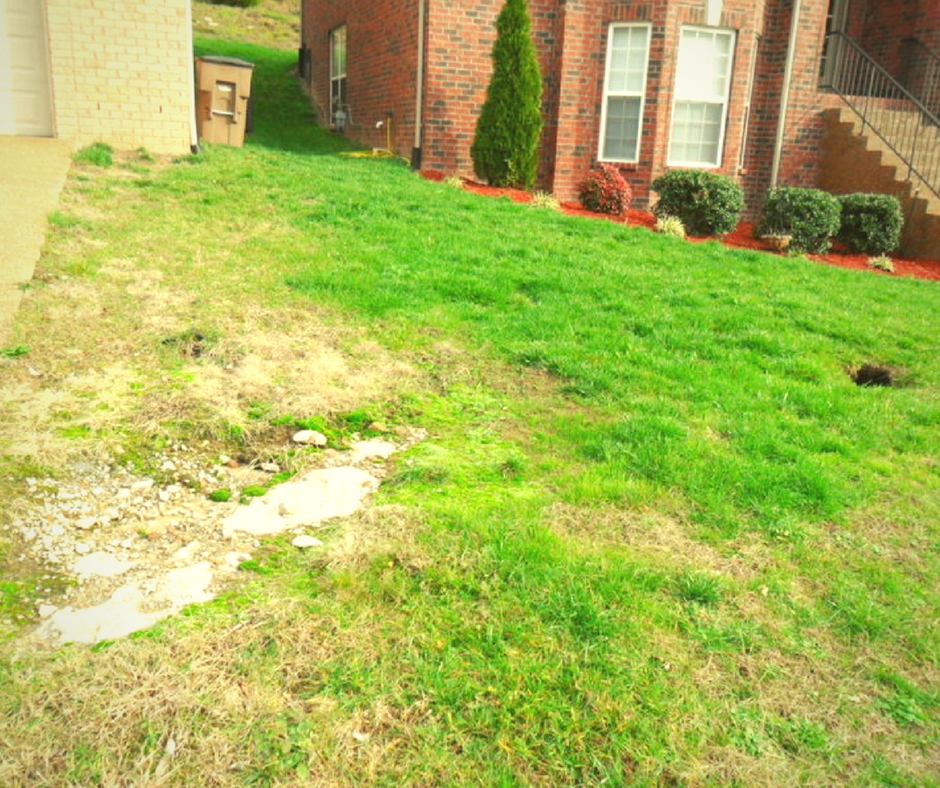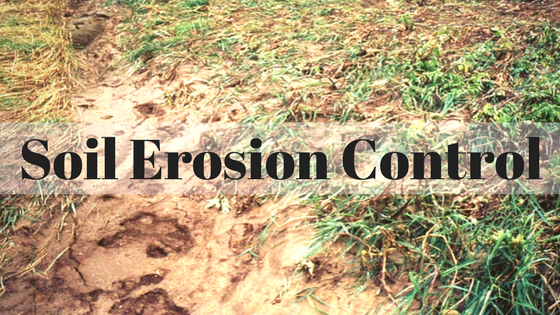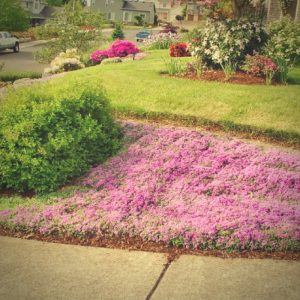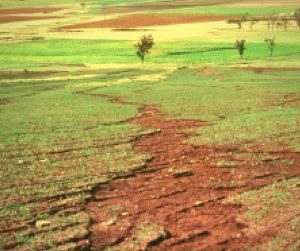Soil Erosion Control
Mitigating soil erosion is not just a matter of landscape aesthetics; it’s a strategic consideration with significant financial implications. When embarking on the journey of homeownership, it’s imperative to prioritize comprehensive planning for soil erosion control and rain damage prevention. This proactive approach, integrated into the initial landscaping and construction phases, not only ensures a visually appealing yard but also serves as a cost-effective measure to curtail yearly maintenance expenses.
At the heart of soil erosion lies sediment, the aftermath of a hard rain that often leaves its mark on sidewalks and driveways. However, the repercussions extend beyond mere visual inconvenience. Sediment, a leading by-product of soil erosion, emerges as a substantial pollutant in lakes, rivers, and streams. Its impact becomes even more pronounced if storm sewers on your property become clogged, potentially resulting in flooding. It’s crucial to recognize that any exposed land on your property, regardless of its size, is susceptible to both rain damage and soil erosion.

Delving deeper into the environmental impact, sediment originating from yards significantly contributes to the phosphorus content in lakes and streams. Elevated levels of phosphorus heighten the risk of unhealthy algae blooms. These blooms not only emit unpleasant odors but also pose threats to aquatic life, potentially leading to fish kills and disrupting the delicate balance of water ecosystems. By prioritizing rain damage prevention and implementing effective soil erosion control measures, homeowners can play a pivotal role in maintaining the clarity of waterways and preserving the overall health of the environment.
Some common ways of planning for soil erosion control and rain damage prevention are:
• Cover all stock-piled soil you have on your property. When these soil stock-piles are not in use, keeping them covered with a weighted plastic tarp will help with soil erosion control.
•  Plant a temporary vegetative cover on your unfinished yard. When you have an area of your yard that is bare and won’t be touched for a while, just plant something temporarily to help hold the soil in place. Annual rye grass is a good choice for this.
Plant a temporary vegetative cover on your unfinished yard. When you have an area of your yard that is bare and won’t be touched for a while, just plant something temporarily to help hold the soil in place. Annual rye grass is a good choice for this.
• Use mulch. Any areas of soil that are exposed and next to a hard surface, like a sidewalk or driveway, should be covered and stabilized by mulch or mulch and a temporary vegetative covering. There are many types of mulching products, including straw, straw netting blankets and wood fiber blankets. When you place these on large areas of bare ground, you are doing the best thing possible for rain damage prevention and soil erosion control.
• When your home landscaping is complete, permanently seed or sod your entire yard. This will stabilize the soil for the life of your yard.
Now that we have covered many soil erosion control methods, we can move to the rain damage prevention of your home.
When a house is built, water that lands on the roof generally runs off and is taken to the ground through gutters and downspouts. Gutters should be properly fitted from the start and pitched toward the downspouts. Keeping the gutters sloping to the downspouts will accelerate water flow, and will allow the water to flow easily. To keep this all from leaking, any joints in the gutters and downspouts should be caulked.



 To safeguard the long-term health and visual appeal of your yard, consider incorporating the following key measures into your soil erosion control and rain damage prevention strategy:
To safeguard the long-term health and visual appeal of your yard, consider incorporating the following key measures into your soil erosion control and rain damage prevention strategy: While this age-old design has been effective in preventing rain damage and controlling soil erosion, it comes with a potential downside—cost. Any required maintenance, whether it be addressing leaks or clearing clogs, often translates to a substantial bill.
While this age-old design has been effective in preventing rain damage and controlling soil erosion, it comes with a potential downside—cost. Any required maintenance, whether it be addressing leaks or clearing clogs, often translates to a substantial bill.
Comments are closed, but trackbacks and pingbacks are open.